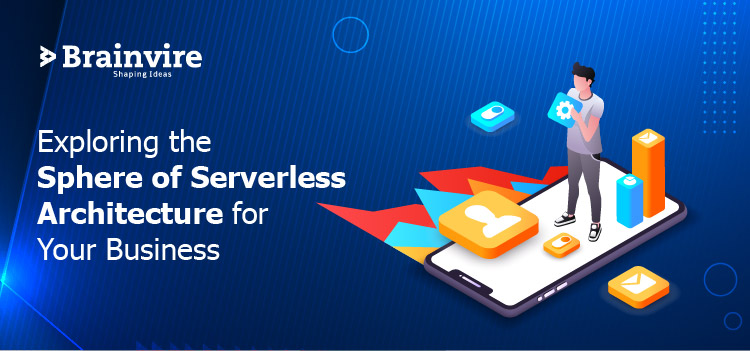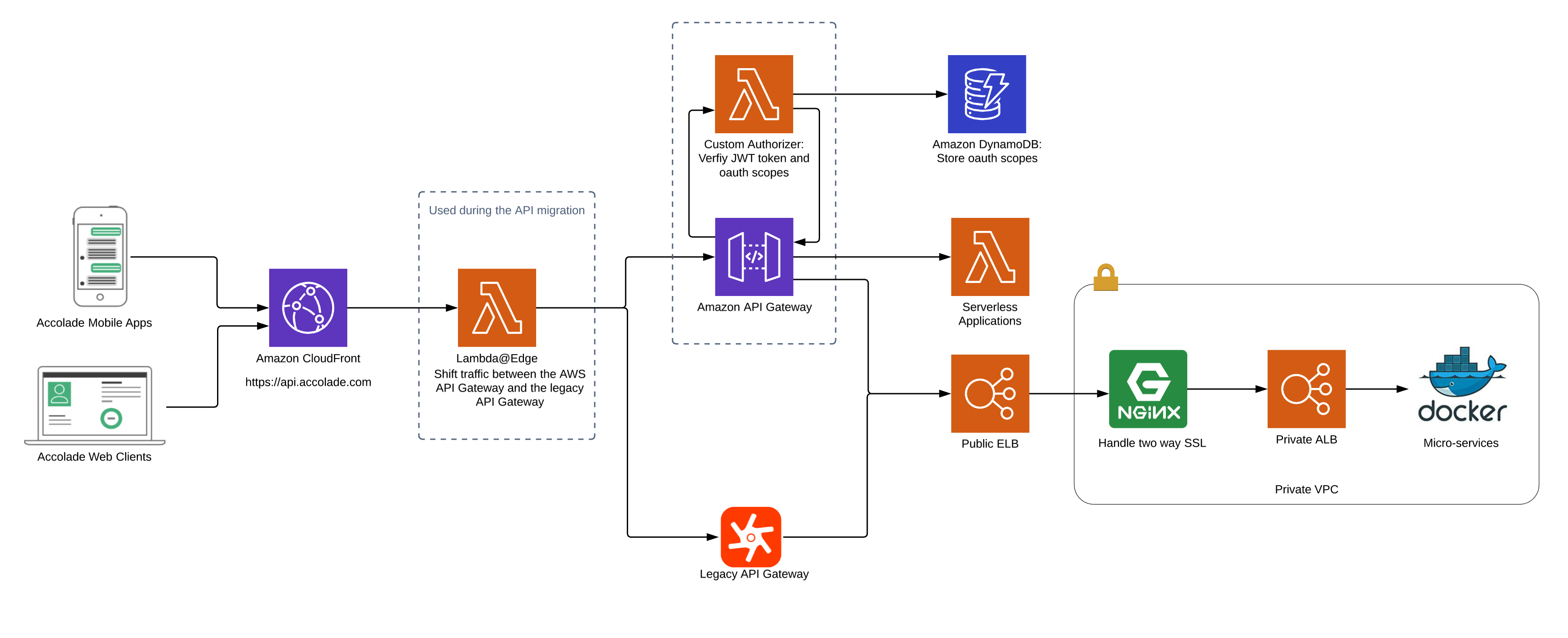
Since the market is flooding with app development technologies, it becomes difficult to understand and use them correctly.
One such tech solution that has been on the tip of professionals is serverless architecture. Initially, familiarizing with this architecture can be daunting but a professional guidance can help develop the right understanding.
In this article, we have discussed the following essential concepts revolving around serverless architecture:
- Understanding Serverless Architecture
- Key Components in the Framework of Serverless Architecture
- Pros and Cons of Serverless Architecture
- Significance of Serverless Architecture
Understanding Serverless Architecture
A serverless architecture is a technique to develop and run services and applications without the hassle of managing the infrastructure. This doesn’t mean the application is free from servers. Your application functions on servers and AWS looks after all the server management.
The unique part is you don’t have to maintain and scale servers to run the database, applications, and storage system.
The term serverless notifies that you don’t have to invest or utilize provision servers to build an application. Modern solutions such as AWS, PaaS, Microsoft Azure, and FaaS are ideal examples of serverless architectures.

Key Components of the Serverless Framework
A serverless framework comprises of a FaaS layer, web server, user authentication, security token service, and database:
- Client Application- The UI of your application can be rendered optimally at the client side in JavaScript that permits you to utilize a static and simple web server.
- FaaS Solution-This is a fundamental component present in a serverless architecture. A few reliable FaaS examples consist of Google Cloud Functions, AWS Lambda, and Microsoft Azure functions. AWS Lambda is an ideal pick for this framework. You can reap the benefits of secure data access by logging in with Lambda functionality. These functions provide JSON responses and can read and write from your database.
- Web Server- The search for a simple and strong web server is now over with Amazon S3. S3 makes it convenient to utilize all files including CSS, static HTML, and JavaScript for your application.
- User Authentication- AWS Cognito is an identity service integrated with AWS Lambda. Amazon Cognito makes it easy to add user sign-in and sign-up to your web and mobile apps. It also has the provision to authenticate users via social identity providers such as Amazon, Twitter, and Facebook. They either utilize SAML identity solutions or unique identity systems.
- Security Token Service- This will help create temporary AWS credentials inclusive of a secret and API keys for application users. The client’s application uses these temporary credentials to raise the AWS API and eventually invoke Lambda.
- Database- AWS DynamoDB offers comprehensive management without the hassle of the SQL database.
Advantages of a Serverless Architecture
The benefits of using a serverless architecture for your project are discussed here:
No Need to Run the Server Round the Clock
Ordinary servers utilize only 5-15% of their computing potential but since serverless architecture uses more power, there is no need to run the server 24 x 7. Instead, run the code whenever needed.
This way, server providers can charge only for the number of hours the function was running. You can also enjoy the perks of automated scaling and manage requests seamlessly with a few add-on functions.
Fewer Infrastructure Hassles
Serverless architecture reduces unwanted infrastructure troubles. You can simply write code and you are good to go. You can develop a smooth communication between clients and functions, and work with the database.
Concentrate on the Product
The modularity aspect allows developers to include new features without any restrictions. But, the team needs to communicate strongly to avoid conflicts and develop a functional product.
Rapid Innovation
Serverless architecture can reduce problems in the system engineering phase and the elementary platform. Reduced problems ensure the smooth implementation and using DevOps and agile methodologies.
Developers’ profound knowledge coupled with serverless architecture’s flexibility results in effective use of advanced technologies. The underlying middleware successfully manages issues such as storage, identity management, etc. Experts can precisely focus on business logic of the application and work on it.
Reduced Running Costs
AWS Lambda tracks the idle time in the application, reducing the cost of running a server so you are saved from the additional costs. The application tracks active processes and charges you for the same. Since it’s an automated process, developers have no control over. This is why serverless architecture is considered a pocket-friendly option.
Disadvantages of a Serverless Architecture
Despite having several perks, a serverless architecture has a few drawbacks as well such as-
Issues Due to Third-Party API System
Juggling between vendors in serverless architecture can be problematic. The main reason for this is that you have to constantly update your codes, tools, and designs. Besides, it is more convenient to migrate serverless functions than entire services.
At times, APIs in the serverless system are prone to malicious attacks and each API demands an increased layer of security.
Apart from this, a few developers find this architecture to be complex and time-consuming for creation. It is tricky for some developers to strike a balance between functions and application calls.
This is why it is important to approach experts that can help create the right balance and develop a useful system.
Significance of Serverless Architecture
Serverless architecture empowers developers to concentrate on their fundamental product. They are freed from the unwanted burden to operate or manage servers, runtimes, neither on-premise nor in the cloud.
This reduced stress allows developers to redirect their energy and time in developing reliable, scalable, and durable products.
Wrapping Up
Serverless is a boon to product owners and developers. This architecture is the future of the technology sphere and we are likely to observe a surge in their demand in the near future.
The architecture has gained tremendous recognition right at the start and is likely to extend in the coming years.
Reach out to Brainvire experts to know more about serverless architecture.
Related Articles
-
Breaking Changes That Are Shipped With React v17 Made Simple: What You Need to Know
React.js Development is the hottest topic in the software industry right now, and with good reason! React is a library developed by Facebook that has grown tremendously because of its
-
Sprint Retrospective: Everything you need to know about [Complete Guide]
You have likely played a sprint retrospective once or twice, which is not uncommon. Ideally, these agile meetings will highlight potential changes, creating meaningful process improvements that ultimately move the
-
Adopt a Contemporary Approach to Fuel Management System
Fuel is the most expensive element in the entire fleet management process. 24% of the net fleet cost comprises the fuel cost. It is important to have a robust fuel



